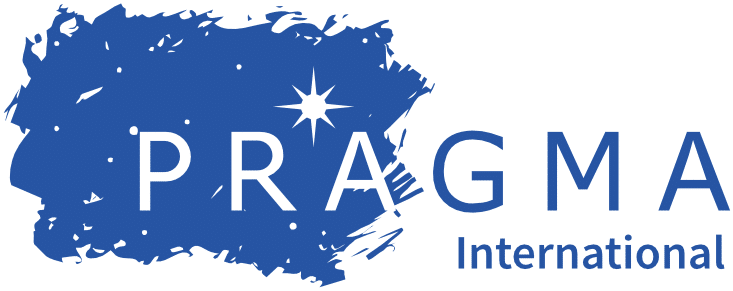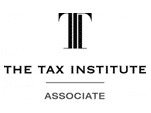This is the third post in a series on adverse action claims, based on a presentation and paper delivered by Michael Cochrane (Special Counsel) on the Television Education Network (TEN) on 13 November 2019. In our previous post, we discussed why and how employees use adverse action provisions during a legitimate performance management process. In this post, we focus on how to reduce the risk of an adverse action claim arising when an employee takes stress leave whilst under performance management.
While periods of stress leave taken by employees can often be genuine and reasonable, they can also muddy the waters about the real reason that adverse action was taken during the performance management process, and in some cases, prevent or delay dismissal. From an adverse action perspective[1], employees who have had a period of stress leave will usually attempt to bring a claim (either during employment or involving dismissal) under the Fair Work Act (FW Act) on the basis that unlawful adverse action was allegedly taken:
- because the person had a workplace right (such as taking personal/stress leave or the making of workers’ compensation claim) under s. 340 of the FW Act; and/or
- because of the employee’s physical or mental disability under s. 351 of the FW Act.
In order to discharge the reverse onus of proof, an employer should ensure that they collect and maintain up to date and reliable medical evidence which supports any management decisions or action that are taken in respect of employees on or returning from stress leave. Relevantly, it will be a complete defence in respect of adverse action claims under s. 351 of the FW Act if any adverse action (including dismissal) is taken because of the ‘inherent requirements’ of the particular position concerned, and not for any other prohibited reason/s.
Additionally, employers need to keep in mind that they must not dismiss an employee because the employee is temporarily absent from work due to a prescribed illness or injury under s. 352 of the FW Act. The Fair W Regulations[2] state that an illness or injury will be prescribed if it is supported by a medical certificate or statutory declaration. However, the s. 352 protection only relates to dismissal and no other types of adverse action.
A period of temporary absence can be up to 3 months (or a total of up to 3 months in a 12-month period). An absence is not a temporary absence if it is for more than 3 months (or a total of more than 3 months in 12 months) and the employee is not on paid personal/carers leave for the duration of the absence.[3]
While employers should exercise caution when dismissing an employee during this 3 month period, the Courts have confirmed that s.352 of the FW Act does not preclude the dismissal of an employee while (as distinct from because) the employee is temporarily absent from work because of an illness or injury. In other words, if an employee may still be dismissed validly for a lawful reason, it is not to the point that the decision to dismiss happens to be made while the employee is on leave.[4]
There are otherwise a number of key steps that an employer can and should take to minimise the legal risks during the performance management process (including dismissal) when extended stress leave is involved. These include:
- being clear and transparent as to why decisions are being made. Obviously, decisions should never be made because of the employee’s protected workplace rights or attributes (even though these might actually exist at the time of making any decisions);
- keeping the line of communication open with the employee during any period of leave;
- if the performance management process is underway, this may need to be placed on “pause” until the employee is well enough to return to work;
- keeping detailed records of the employee’s absences and any correspondence with the employee regarding his or her illness or injury;
- offering support to the employee both during the absence (such as access to Employee Assistance Programs) and upon their return to work (including making any reasonable adjustments);
- considering the impact that a stress related condition or period of extended leave may have on the performance management process (such KPI’s and timeframes) and make suitable adjustments as necessary to reasonably accommodate the returning employee; and
- if the employer is ultimately considering dismissal of the employee when extended leave is involved, obtaining medical evidence that they are in fact no longer able to fulfil the inherent requirements of the position will be critical in ensuring that the reverse onus can be discharged by any decision maker/s in the process.
In our final post of this series, we will explore the latest case law developments in relation to adverse action claims, and provide some practical steps and strategies to safeguard decision making and reduce the risk of an adverse action claim arising. If you require further information on these issues or have any questions, please contact Michael Cochrane at mcochrane@khq.com.au or on (03) 9491 8437.
———————————–
[1] In addition to adverse action, there are a number of other potential legal risks (which are beyond the scope of this paper) that employers need to be aware of when dealing with periods of stress leave in a performance management/dismissal context, including applicable workers’ compensation legislation, State and Federal discrimination legislation, unfair dismissal under Part 3-2 of the FW Act, bullying applications under Part 6-4B of the FW Act and breach of contract claims.
[2] FW Regulations 2009 (FW Regulations), reg 3.01(2).
[3] Ibid, reg 3.01(5).
[4] Khiani v Australian Bureau of Statistics [2011] FCAFC 109 at [26].








